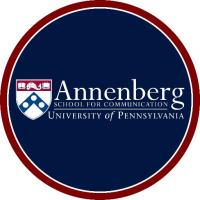Thirty Years of Science–society Interfaces: What’s Next?
Public Understanding of Science, 31 (3):
297-304 (2022)DOI: 10.1177/09636625221075947
Abstract
Looking back over three decades of work on public understanding (and communication) of science, I revisit four areas in which our field has been unnecessarily stagnant, but that also provide exciting opportunities for our field to meaningfully guide what will be critically important global debates surrounding emerging technologies moving forward: (1) letting go of deficit-type thinking among scholars and practitioners, focused on misinformation or other perceived informational asymmetries; (2) resisting the temptation to try and cure what the scientific community often dismisses as public (opinion) pathologies; (3) using a scientific approach to science communication as the foundation of a changing culture of public-minded science; and (4) acknowledging that solutions to the challenges posed by deeply disruptive applications of technologies like AI will not be solved by ethicists, affected communities, social scientists, STEM scientists, activists, journalists or policy makers alone. Emerging science will force societies to build capacity for communication and decision making across all of these stakeholder groups.
